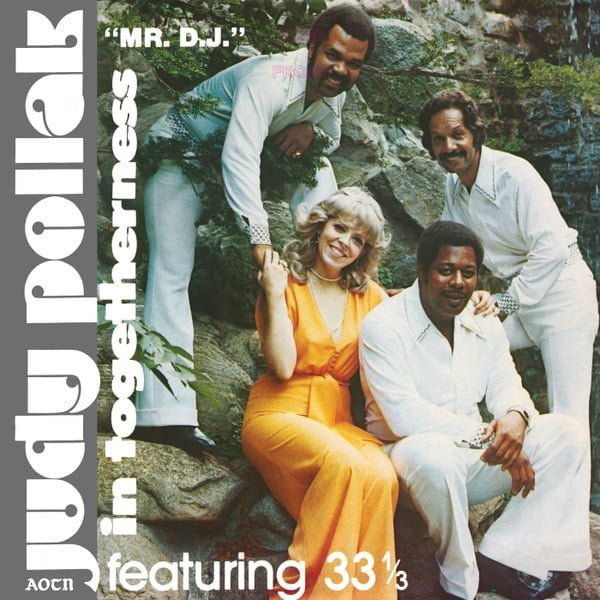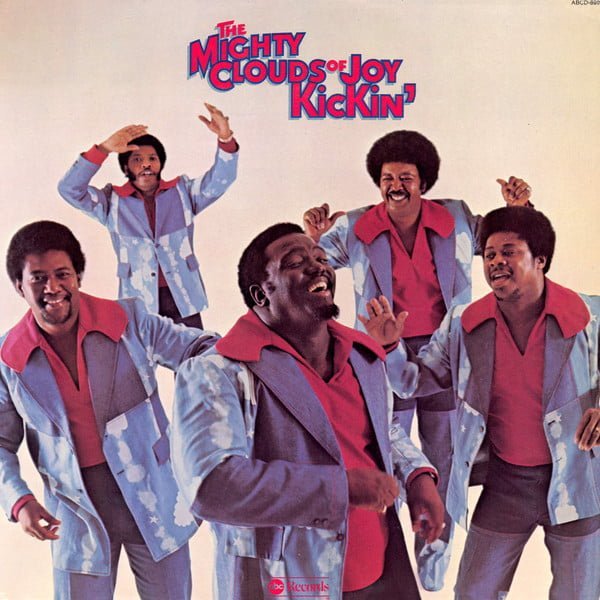Disco
Disco music first emerged in the early 1970s, a time when nightclubs and dance floors were flourishing. It combined elements of funk, soul, and pop, creating a rhythmic and infectious sound that quickly captivated audiences. The genre was characterized by its steady four-on-the-floor beats, syncopated basslines, and lush orchestral arrangements.
The Golden Age of Disco
The mid to late 1970s marked the golden age of disco music. Iconic artists like Donna Summer, the Bee Gees, and Chic dominated the charts with hits that are still celebrated today. Songs like ‘Stayin’ Alive’ and ‘Le Freak’ became anthems of the era. Disco clubs, most notably Studio 54 in New York City, became cultural landmarks, attracting celebrities and music lovers alike.
Disco’s Influence on Modern Music
While disco music saw a decline in popularity in the early 1980s, its influence has endured. Many of today’s popular genres, including house and electronic dance music (EDM), owe a great deal to disco’s innovative production techniques and energetic spirit. Modern artists frequently sample disco tracks, and its unmistakable groove continues to inspire new generations of musicians and dancers.
The Disco Revival
In recent years, there has been a notable resurgence of interest in disco music. Nostalgia-driven events and themed parties have brought the genre back to the forefront of popular culture. Additionally, contemporary artists such as Dua Lipa and Daft Punk have incorporated disco elements into their music, proving that the genre’s legacy is very much alive.









